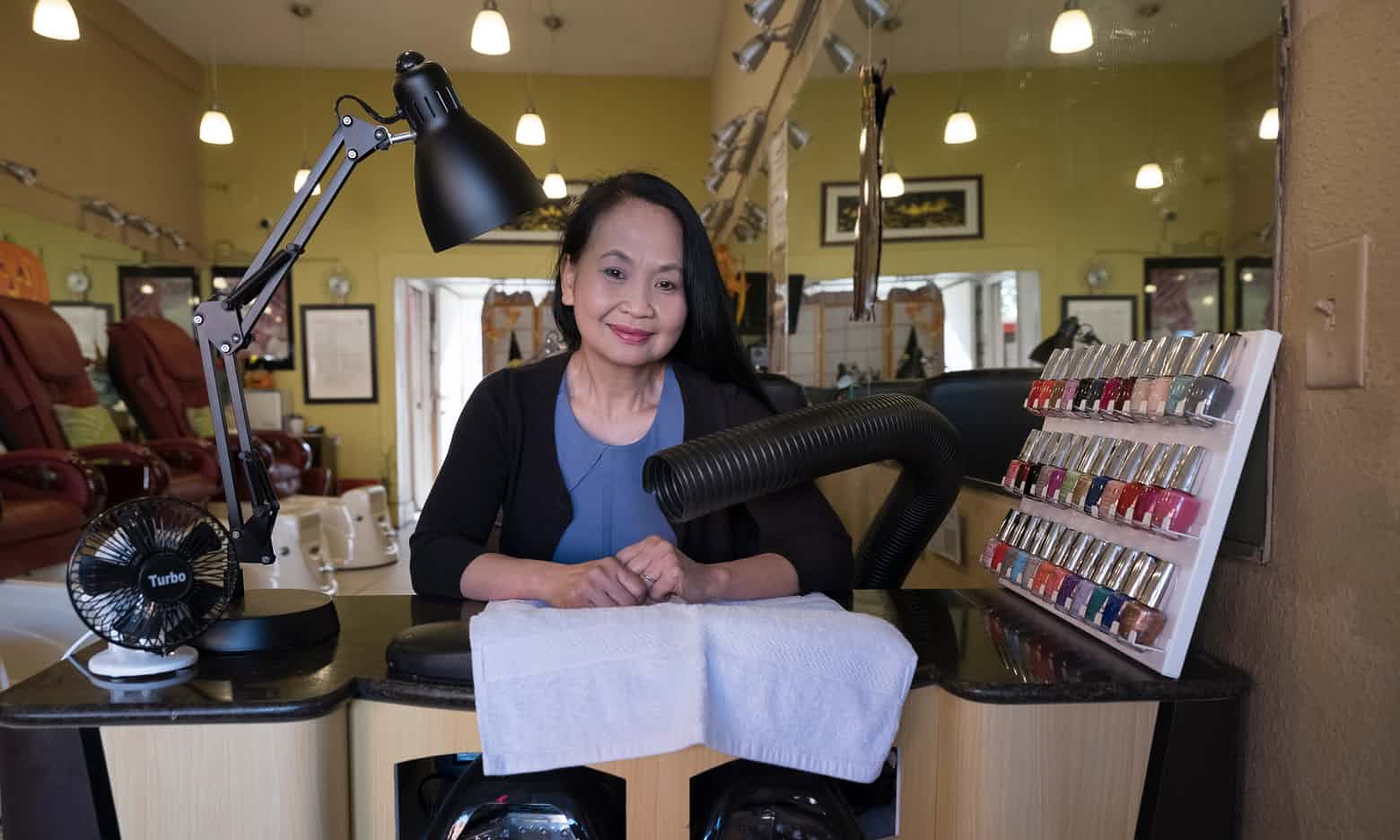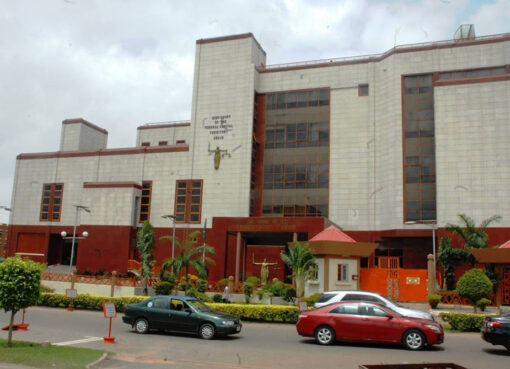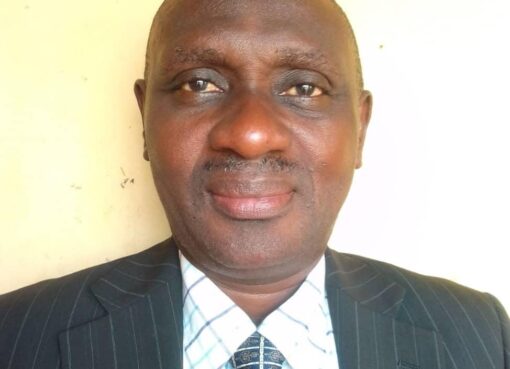But Nguyen wanted to keep her babies and couldn’t afford to stop working. So she avoided seeing doctors throughout her four pregnancies, despite experiencing significant bleeding during all four, and miscarriages during two.
“It’s not their fault, it’s my fault,” the 46-year-old said through a translator of the doctors whose advice she didn’t want to take. “This is what I chose to do for a living, so I have to live with it.”
Nguyen is one of thousands of Vietnamese immigrants in California, most of them women, who work 12-hour days in storefront salons providing customers with the quintessential “affordable luxury” – manicures and pedicures.
But unlike workers at many nail salons, Nguyen said she no longer experiences the headaches, respiratory problems, reproductive issues and rashes that some research links to the chemicals found in common nail products. The air at New York Salon on San Francisco’s Mission street smells fresh, workers attend to customers’ nails while wearing gloves and face masks, and elephant trunk-esque tubes hang over each manicure table, sucking away noxious vapors.
Nguyen adopted these practices thanks to the work of the California Healthy Nail Collaborative, a grassroots organization founded in 2005 to address what co-founder Julia Liou described as an “epidemic” of health problems among the Vietnamese immigrants who overwhelmingly own and staff California’s more than 9,000 nail salons. The group’s work – which has included establishing guidelines for “healthy nail salons” – was recognized in November 2016 when the Environmental Protection Agency’s office of environmental justice awarded it a $120,000 grant over two years to pilot a micro-loan program.
The micro-loans – usually $5,000 or less – are intended to help salon owners like Nguyen afford the new products, training and ventilation machines required to be designated a “healthy” salon.
They’ve also become something of a punchline for conservative think tank the Heritage Foundation, which has repeatedly singled the grant out as an example of wasteful government spending. The group called for eliminating the EPA’s entire budget for environmental justice programs, about $7m per year, citing the nail salon grant as an example of a project “completely unrelated to environmental justice”.
Spending $60,000 a year for two years on the health of nail salon workers seems relatively minor considering that, as of August, the Secret Service had already spent $60,000 renting golf carts to protect Donald Trump when he visits his own golf clubs. But the entire office of environmental justice was indeed targeted for elimination in Trump’s proposed budget.
“It’s no secret on where the Trump administration is getting their ideas,” wrote Mustafa Santiago Ali, a former senior official at the EPA’s office of environmental justice, in the Guardian. “They are running a systematic playbook put together by the Heritage Foundation.”
The Heritage Foundation did not respond to a request for comment. An EPA spokesperson defended the environmental justice grants in a statement, saying that nail salon workers are an “overwhelmingly vulnerable from a public health perspective” and that the grants “have a long record of providing essential support to vulnerable and overburdened populations”.
The dismissive attitude toward health hazards at nail salons is familiar to Liou, who said the group’s concerns have been “pooh-poohed” from the beginning. “People just don’t take it seriously,” she said. “It’s the beauty industry … Sometimes the reaction is, ‘Really?’”
In 2004, outreach workers from Asian Health Services, a local health and social services provider to the San Francisco bay area’s Asian immigrant communities, began visiting nail salons in order to find Vietnamese immigrants, who own and staff a large majority of California’s salons. AHS wanted to talk to workers about diabetes and signing up for health insurance, but found something else entirely.
“Every single worker we did outreach to had a health issue,” said Liou, program director at AHS. “We realized this was actually an epidemic.”
For decades, working in nail salons has been a reliable career path for newly arrived Vietnamese immigrants. The training is relatively quick, speaking English is not a requirement, and newcomers often go to work for friends or family members who arrived in the States before them and set up their own salons.
That’s how Nguyen, who arrived in the US at age 19, entered the industry. Her brother had moved to the US before her and owned a salon, so she worked for him for two years before establishing her own business.
“What kind of industry can help you have money in the shortest time?” Nguyen said of the thought process behind her decision to work in nail salons. “You need money every day. This is the fastest one for us newcomers.”
Lan Anh Truong, the 53-year-old owner of Leann’s Nails in Alameda, California, described a similar entree into the nail industry. Truong had been a teacher in Saigon before she came to the US, where she planned to attend college and continue her career as a teacher. But when family troubles forced her to quit school and work, she chose becoming a manicurist because, she said, “It’s a short training to make money right away.”
Both women said they soon noticed health effects from working with nail products all day.
“We already knew, but I’d already chosen this as a career so I had to go through with it,” Nguyen recalled. “I was still young then. I thought I would get used to it.”
It was only after Nguyen was visited by someone from AHS and Truong was queried by a customer who was undergoing chemotherapy that they began to learn about the chemicals in their products, especially the so-called “toxic three”: dibutyl phthalate, toluene and formaldehyde.
The Occupational Safety and Health Administration warns that exposure to those three chemicals can cause a range of health problems, including headaches, dizziness, respiratory problems, cancer and harm to unborn children.
After years of being short of breath and “coughing all the time”, Truong said that she noticed an improvement as soon as she began using “three-free” nail products, as polishes without dibutyl phthalate, toluene and formaldehyde are now marketed.
Both Truong and Nguyen also adopted other practices devised by the Healthy Nail Collaborative, such as wearing gloves and purchasing special ventilation units designed to remove chemical fumes.
“The difficult part is just making a change,” said Nguyen. “You have to lose money to get to something higher.”
Though prices have declined as demand has increased, Nguyen said that she now pays $3-$5 per bottle of three-free polish, significantly more than the less than $1 bottles she used to stock. Nguyen said her first ventilation unit cost $5,000, though they can now be purchased for closer to $1,000.
It is these initial costs – daunting in an industry where the average worker earns less than $25,000 a year – that the micro-loans are designed to allay.
“It’s not like this is millions of dollars,” Liou said of the Heritage Foundation’s attack on the program. “We’re taking a preventative approach.”
For Nguyen, the Heritage Foundation’s criticism of the program she calls a “divine opportunity” is infuriating.
“They may have a very high degree, they may be rich, but they don’t understand,” she said. “They don’t care about poor people. When poor people like us go to public hospitals, that will cost the government money too.
“They are lucky they don’t have to work like us. They have money so they can laugh at us.”






